Native foods, often termed bush tucker, have played an essential role in the culture and cuisine of Australia for tens of thousands of years. Among these treasured indigenous foods is the vibrant, tart, and nutrient-rich Riberry. Scientifically known as Syzygium luehmannii, Riberry is a small red berry highly valued both for its unique flavor and its impressive nutritional properties.
With rising global interest in superfoods and native edibles, one critical question emerges for food scientists, agricultural economists, and culinary enthusiasts alike: which country is the largest Riberry producer globally? The answer is unequivocal — Australia. In this article, we will delve into the reasons why, examining the history, cultivation, production, uses, and future outlook for this remarkable fruit.
What is Riberry?
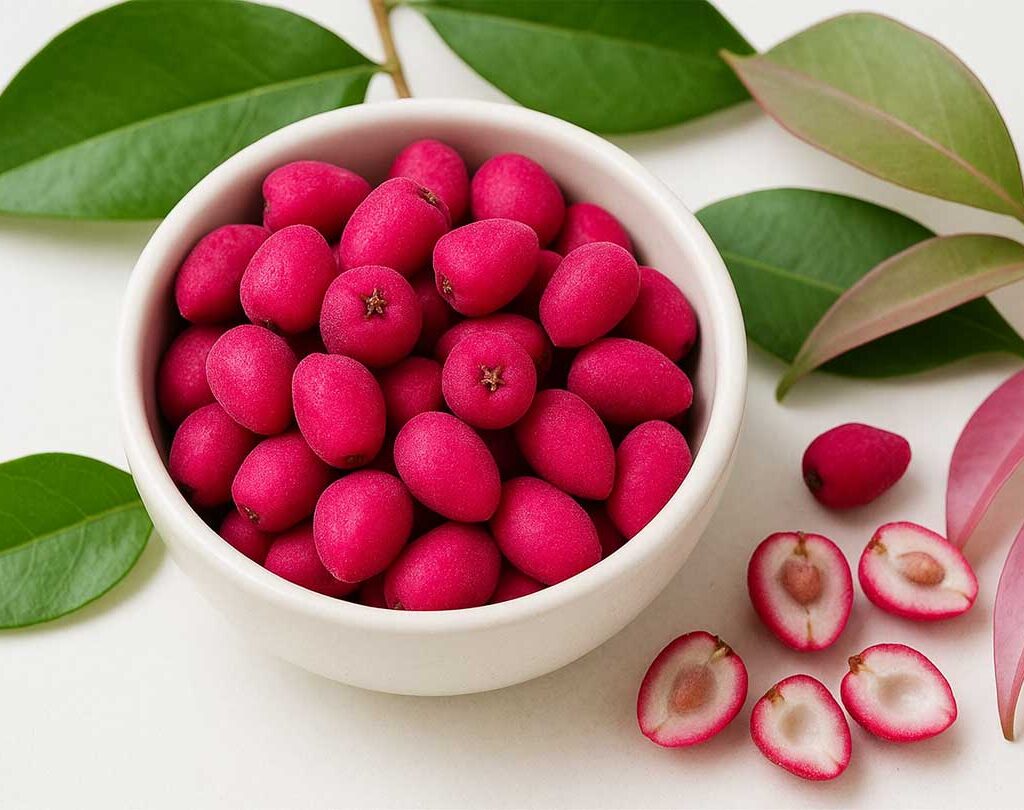
Riberry, also known as small-leaved lilly pilly, belongs to the Myrtaceae family and grows naturally in the subtropical and tropical rainforests of eastern Australia, particularly in New South Wales (NSW) and Queensland.
The berries are small, bright crimson-red, and pear-shaped, with a sharp, clove-like, and mildly tart flavor. They are typically harvested in the summer months and have long been a favored ingredient in Indigenous Australian diets. Riberries are now gaining wider popularity in gourmet kitchens, health product formulations, and bushfood markets due to their nutritional qualities.
Historical and Cultural Significance
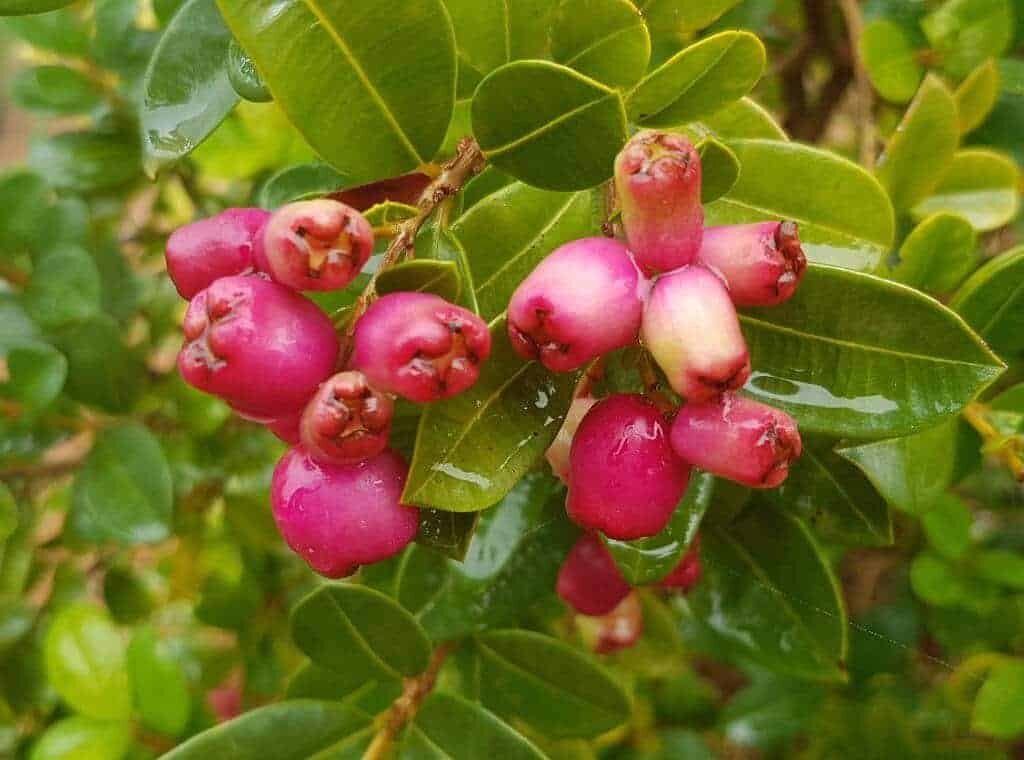
For Indigenous Australians, Riberry was an important seasonal food source, enjoyed fresh or preserved. Traditionally, it was consumed both for its taste and its medicinal properties, believed to help with sore throats and aid digestion. Indigenous communities used Riberry not only for sustenance but also in ceremonies and cultural practices.
European settlers first documented the fruit in the late 19th century, and it has since been incorporated into contemporary Australian cuisine — from sauces, jams, and syrups to modern desserts and cocktails.
Where is Riberry Grown Globally?
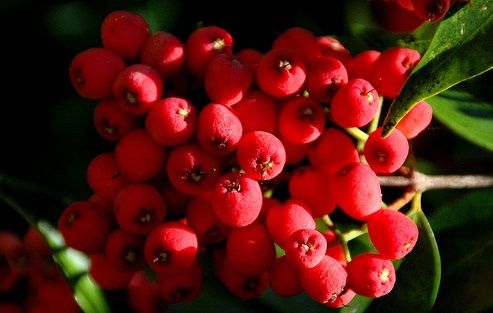
Australia: The Exclusive Leader
When it comes to commercial Riberry production, Australia is not just the largest producer — it is essentially the only significant producer globally. The tree is endemic to the country, and while it has been planted in ornamental gardens and experimental plots in other parts of the world, there are no commercial plantations of Riberry outside Australia.
Key cultivation regions within Australia:
- Northern New South Wales: particularly around Byron Bay and Lismore
- South East Queensland: including the Sunshine Coast and Gold Coast hinterlands
- Tropical North Queensland: especially the Atherton Tablelands and Cairns region
The plant thrives in these regions’ humid, subtropical climates, where rich volcanic and alluvial soils combined with reliable rainfall create ideal growing conditions.
Production Data and Industry Overview
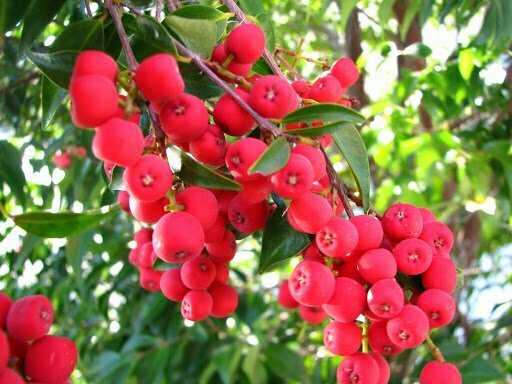
Although Riberry is still a relatively niche crop compared to other bushfoods like lemon myrtle and macadamia, its production has been steadily growing over the past two decades.
Estimates suggest:
- 2010: approximately 4–5 tonnes of commercial Riberry harvested annually
- 2024: estimated to exceed 10–12 tonnes annually, with increasing interest from boutique growers and bushfood collectives
Riberry production is characterized by small-scale, organic, and environmentally sustainable farming practices. Major bushfood farms and cooperatives are located in New South Wales and Queensland, with orchards ranging from a few dozen to several hundred trees.
Prominent producers:
- Rainforest Foods (NSW)
- Taste Australia Bush Food Shop (QLD)
- Native Oz Bushfoods
- Fresh Australian Native Foods suppliers in Far North Queensland
Why No International Producers?
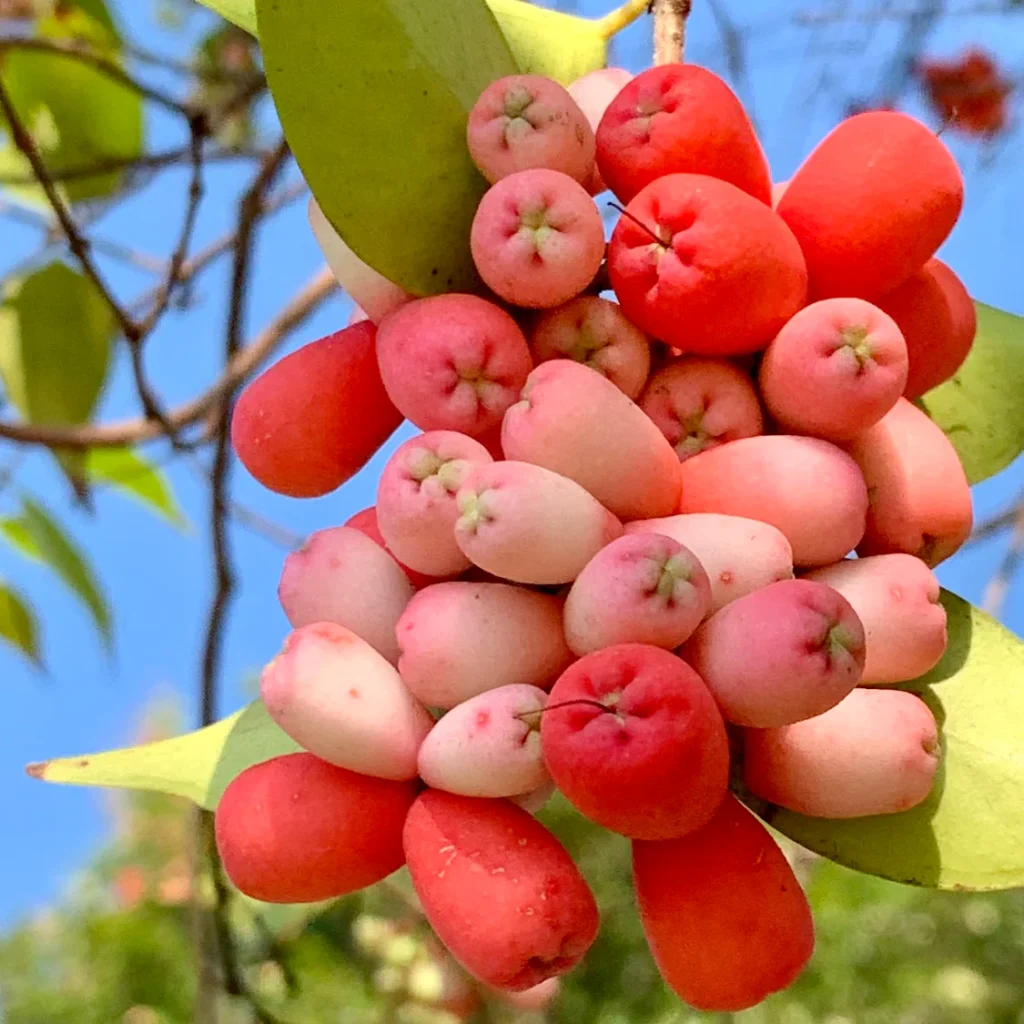
Despite the rising popularity of Riberry as a superfood and gourmet ingredient, its cultivation remains exclusive to Australia for several reasons:
- Ecological Specificity:
Riberry trees are highly adapted to the subtropical and tropical rainforest ecosystems of eastern Australia. Attempts to grow them commercially elsewhere have been limited by environmental mismatches. - Cultural and Legal Protections:
As an important native plant species, Riberry is subject to Australian regulations and biodiversity protection policies. Exporting live plants and seeds for commercial plantation overseas requires special permissions. - Limited Awareness and Market Development Abroad:
Although Riberry-based products have found niche markets in the US, Japan, and Europe, large-scale plantations outside Australia have yet to emerge due to a lack of awareness and established cultivation protocols.
Nutritional and Health Benefits
One of Riberry’s standout features is its impressive nutritional profile:
- Rich in antioxidants, particularly anthocyanins responsible for its vibrant red hue
- High levels of vitamin C
- Contains beneficial folate, calcium, and potassium
- Known for anti-inflammatory and antimicrobial properties
- Promotes immune health and cellular repair
These properties have led to its inclusion in health foods, superfood blends, supplements, and even natural skincare products.
Culinary and Commercial Uses
Riberry is versatile and used in both sweet and savory dishes. Its tartness pairs beautifully with native spices, seafood, poultry, and desserts.
Common uses include:
- Jams and preserves
- Chutneys and sauces
- Cordials and syrups
- Baked goods
- Gourmet chocolates and ice creams
- Native-inspired cocktails
Chefs in high-end restaurants across Australia regularly feature Riberry on their menus, and its demand is growing in the artisan food market.
Market Trends and Export Potential
Though Riberry is predominantly consumed domestically, exports of frozen berries, dried powder, and value-added products to Japan, the United States, Germany, and the UK are gradually increasing.
Market trends fueling growth:
- Rising consumer interest in natural superfoods and bushfoods
- A growing emphasis on functional foods with health benefits
- Increasing visibility of native Australian ingredients in global gastronomy
According to Australian bushfood industry reports, the market for native foods, including Riberry, is forecasted to grow by 20–25% annually over the next five years.
Cultivation Practices
Riberry trees are evergreen, fast-growing, and relatively easy to cultivate under the right conditions.
Ideal growing conditions:
- Warm, humid, subtropical to tropical climates
- Rich, well-drained soils with organic content
- Part shade to full sun exposure
- Reliable rainfall or irrigation systems
Key facts:
- Trees can start fruiting within 3–5 years
- Harvest season runs from November to January
- Fruit is typically hand-picked and sorted for size and ripeness
- Fruits can be refrigerated for up to 2 weeks or frozen for longer-term storage
Environmental and Cultural Sustainability
Australia’s Riberry production is closely tied to environmental conservation and Indigenous community engagement. Many growers prioritize organic and sustainable farming practices, and several programs promote the involvement of Indigenous Australians in bushfood cultivation and commercial enterprise development.
The Australian bushfood industry encourages ethical sourcing, biodiversity protection, and the recognition of Indigenous knowledge and intellectual property rights related to native plant foods.
Conclusion
To conclusively answer the thesis question — Which country is the largest Riberry producer globally? — it is Australia by a considerable margin.
The Riberry tree is endemic to Australia’s east coast rainforests, and no other country has yet established commercial plantations. Australia not only leads in cultivation but also in research, product development, and international marketing of Riberry-based products.
As global interest in native and functional foods continues to rise, Australia is poised to maintain and expand its position as the world’s exclusive Riberry producer, ensuring the preservation of this precious cultural and botanical asset for future generations.

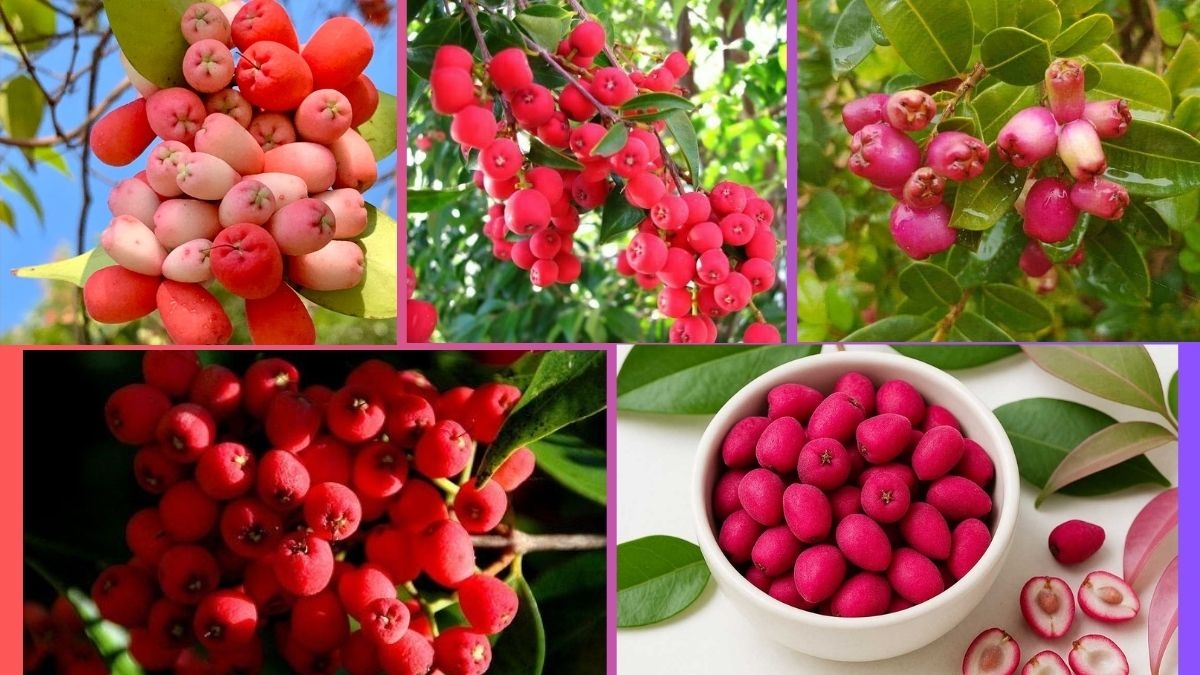



Leave A Comment